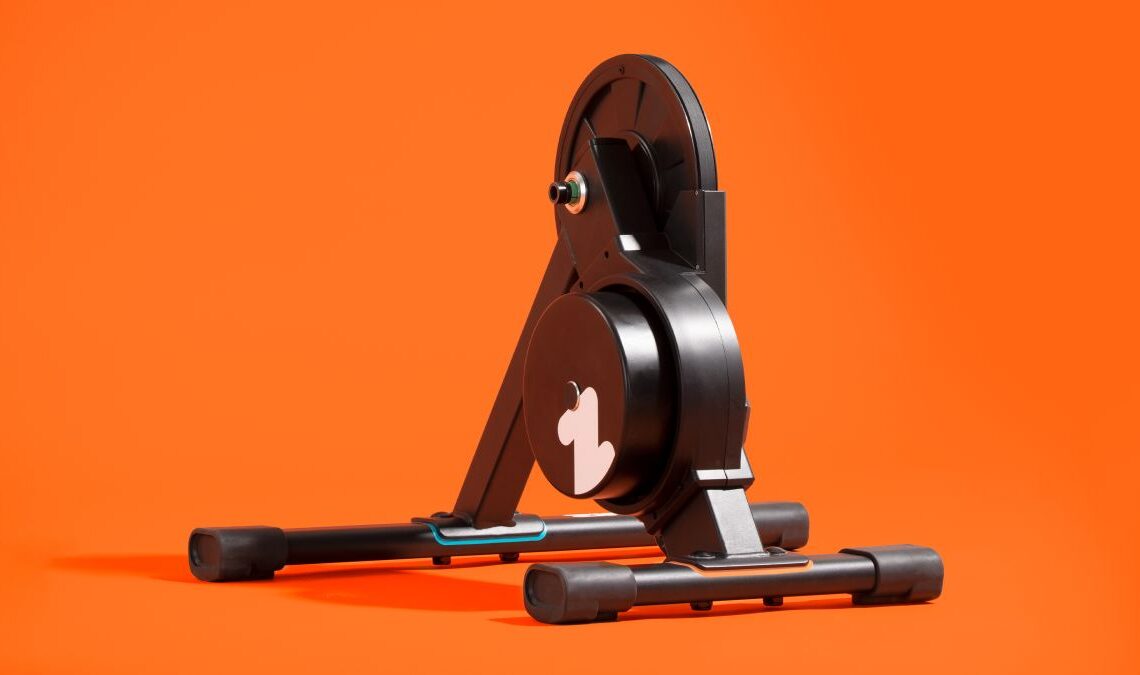Market-leading indoor cycling app, Zwift, has today unveiled its first foray into hardware with the launch of its first-ever turbo trainer, Zwift Hub.
It is a direct-drive smart trainer, and the eagle-eyed among us may recognise it. It is based on the JetBlack Volt turbo trainer, but according to Zwift, it has had some small changes made. These include a redesigned upper to improve compatibility with more bikes, as well as a few internal changes to improve durability. It will be priced at a competitive £449 / $499 / €499, complete with the cassette of your choice.
Its top-level specs are competitive among the best turbo trainers too. It can provide a maximum resistance of 1800 watts, with power measurement being accurate to within 2.5%. It can simulate a gradient of 16%, which is almost double the average gradient of Zwift’s toughest climb, Ven Top. Its 4.7kg flywheel contributes to a total system weight of 15kg, and it has a maximum rider weight of 130kg (254lb).
Simplification
The move to launch a turbo trainer may come as a surprise to Zwift followers.
Earlier this year, it was leaked that the company was working on a real-world version of its in-game Tron Bike, which would essentially become Zwift’s competitor to the best exercise bikes, as well as a Zwift-designed turbo trainer. However, in May this year, Zwift was forced to abandon those plans and cut a reported total of 150 jobs.
“Given the current macroeconomic environment, we have decided to scale back our hardware offering, pausing plans to launch a smart bike,” Zwift explained in a statement at the time. Put simply, that ‘macroeconomic environment’ was that fewer people were taking up indoor cycling than in previous years, as the pandemic-induced indoor cycling ‘bubble’ began to burst.
So instead, Zwift has focussed on the beginner market where it loses a large number of potential customers due to the confusion found during setting up the hardware needed to ride on Zwift. Unlike Peloton, which is an all-in-one system that locks together the bike and the app and walks the user through the setup process, Zwift can be used with a variety of different hardware solutions, from smart trainers, smart bikes, or power meters and speed sensors fitted to bikes mounted to basic trainers. This is great, as it opens up Zwift to a much wider audience and a greater spread of budgets, while allowing those setups to be used with other apps too.
However, it also means that there are a lot of questions…
Click Here to Read the Full Original Article at CyclingNews RSS Feed…

